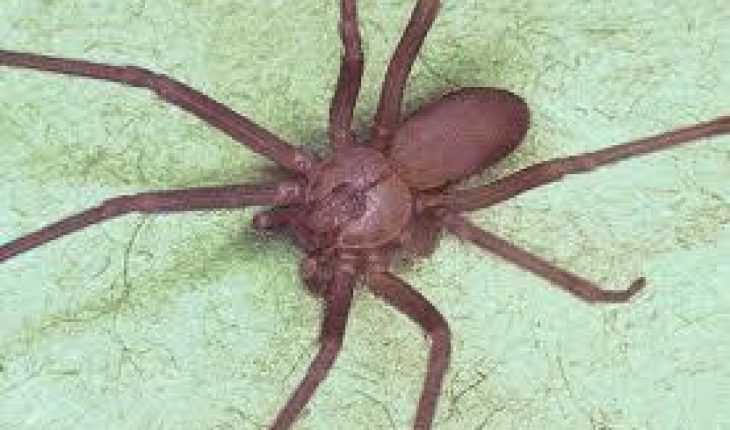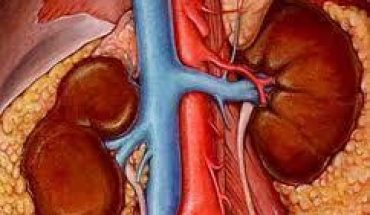For the most part, spiders are harmless creatures. Of the 20,000 species that live within North America, only 60 are capable of biting and out of that 60, only four are considered deadly to humans. The four dangerous species of spiders in North America are the Brown Recluse spider, the Black Widow spider, the Hobo spider and the Yellow Sac spider. Deaths associated with brown recluse spiders are quite rare and have only been reported in children under the age of seven. Brown Recluse spiders are not aggressive and will only bite if threatened. They like to live in conditions more suited to them and will do so in attics, closets, porches, barns and in basements where the conditions are dark, dry and warm. Most cases of Brown Recluse spider bite have been reported to have taken place during the summer months and this is most likely because they lay their eggs at this time. The brown recluse spider bite can prove lethal if medical attention is not immediately sought. Furthermore, there is no anti-venom for the Brown Recluse spider bite in the United States.
What are the symptoms of the brown recluse spider’s bite?
The brown recluse spider bite often goes unnoticed in the initial stages and this is due to the fact that the bite is painless and is likened to a pinprick. In some cases, there have been reports of a minor burning sensation that is said to feel like a bee sting. Symptoms usually begin to occur between 2-8 hours after the individual is bitten and may include:
- Severe pain at the bite spot
- Severe itchiness
- Nausea
- Vomiting
- Fever
- Myalgias (muscle pain)
- Discoloration of the bite site
- Dead skin (necrosis) at the bite spot
Treatment-Home
After a Brown Recluse spider bite:
- Put ice on the bite spot to help to lessen the pain and to reduce swelling.
- Elevate the affected appendage if at all possible.
- Rinse the area thoroughly with cool water and mild soap.
- Avoid too much activity as increased motion will spread the spider’s venom through the system.
- Use Acetaminophen based drugs like Tylenol for pain relief.
Medical treatment
After assessment of the patient, a doctor may suggest a tetanus shot, pain medication, antibiotics if the infection has set in and antihistamines such as diphenhydramine (Benadryl) to relieve the itchiness. The doctor may also need to remove the dead tissue in areas where necrosis had set in to prevent further complications such as bacterial infections.
What NOT to do!!
- NEVER apply heat to the area of the bite spot. This will speed up the destruction of tissue.
- NEVER apply any steroidal cream, such as hydrocortisone cream to the area.
- NEVER attempt to use any suction devices to suction the venom out or to cut the affected skin.
- NEVER apply any form of electricity to the wound.
- NEVER apply a tourniquet.





